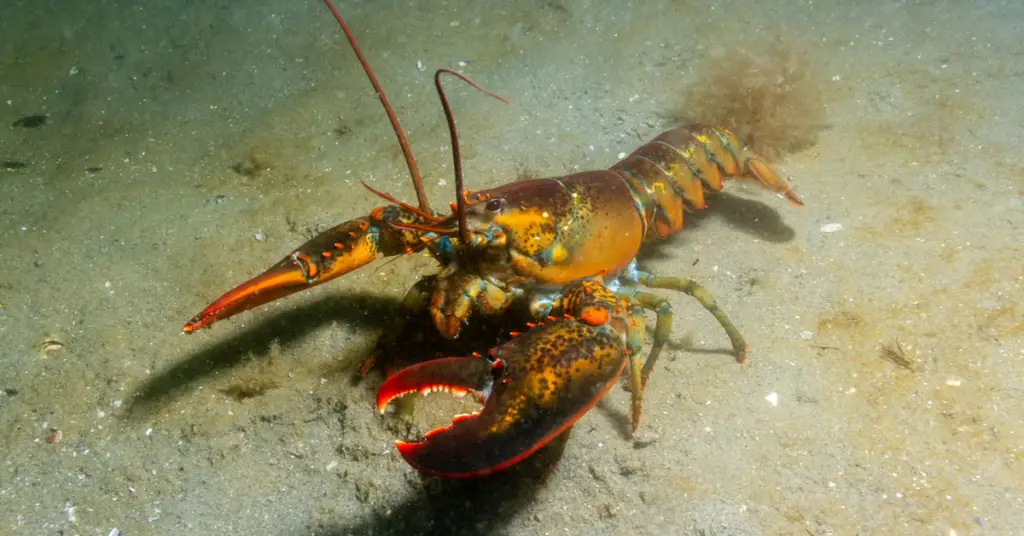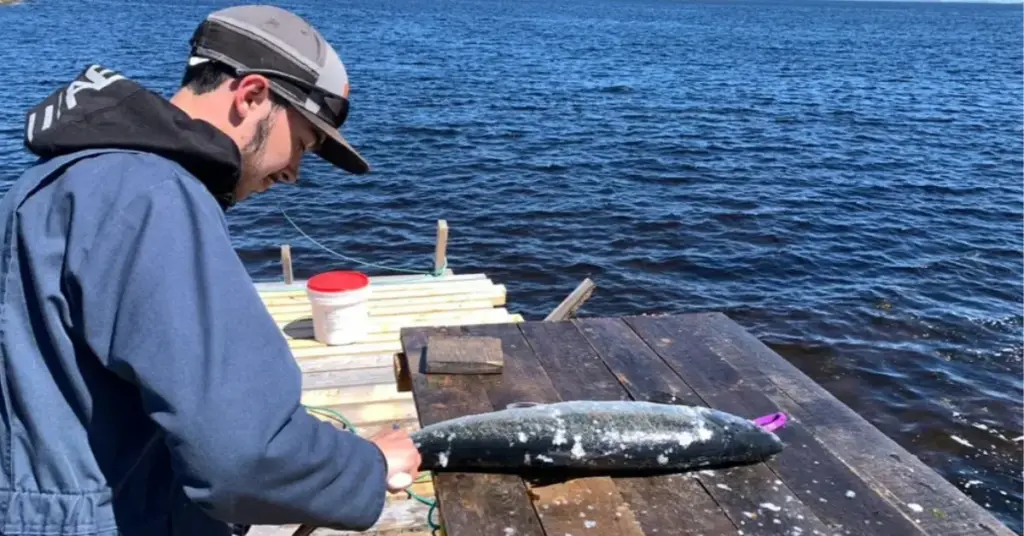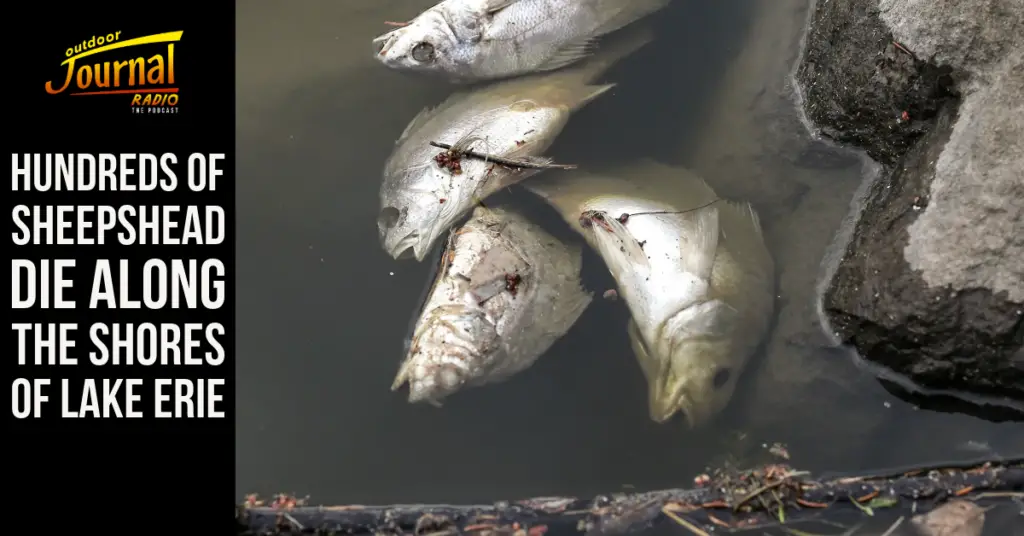The change in fish stock composition off the eastern shores of Canada, brought about by the escalating water temperatures resulting from climate change, is exerting an impact on both commercial and ceremonial fisheries.
In Labrador, the NunatuKavut Community Council (NCC) is advocating for a complete cessation of river activity and an immediate halt to catch-and-release fishing. This proactive measure aims to ensure the well-being of migrating salmon as they enter the critical spawning season, permitting them to thrive within a secure and sustainable water level range.
“NCC staff have been extensively monitoring the water temperatures in our rivers based on science and traditional Inuit knowledge and the high temperatures being reported are alarming,” reads a statement by NunatuKavut President Todd Russell and Natural Resources Director George Russell Jr.
The Inuit community’s representative council in Labrador asserts that engaging in catch-and-release fishing, a leisure activity involving the release of caught fish back into the water, poses an excessive risk due to the escalating temperatures of rivers and decreased water levels.
According to the council, the elevated river temperatures stand as a cause for concern among community members, representing a disruptive consequence of climate change.
“We are concerned about climate change and what it is going to mean for the salmon stocks and these rivers,” says George Russell Jr., NunatuKavut’s Environmental and Natural Resources director.
“Hopefully this is just a one off this year and things go back to normal next year, that’s the best we can hope for but there are signs that things are warming up.”
The recent years have witnessed the Atlantic salmon populations facing strain attributed to increasingly warm and arid summers, as outlined in a report by the Government of Canada on Climate Change in the Atlantic Provinces.
“The once-thriving sports tourism industry created by salmon angling has diminished to the point that sports anglers must now release the salmon alive,” reads the report.
According to Maxime Geoffroy, a research scientist at the Marine Institute of Memorial University of Newfoundland, accelerating climate change introduces an element of unpredictability to the habitats and populations of salmon upon their return to the rivers for spawning.
“We know that with climate change there is more variability from one year to the other, this season there are heat waves in places that are usually cooler and drier areas where you normally have more water during the summer, says Geoffroy.
“The salmon stock are not doing good.”

The recent years have witnessed the Atlantic salmon populations facing strain attributed to increasingly warm and arid summers
Towards the end of July, the Department of Fisheries and Oceans (DFO) made an announcement regarding the partial closure of salmon rivers in NunatuKavut due to elevated water temperatures. Under this partial closure, recreational anglers are permitted to engage in catch-and-release activities for Atlantic salmon exclusively during the morning hours, commencing one hour before sunrise until 10:00 am daily.
However, Russell Jr. emphasizes that these measures fall short in adequately safeguarding salmon from undue strain and heighten the likelihood of stock mortality. He underscores that the council’s stance advocates for a more comprehensive approach, urging the DFO to enforce a complete river closure. This, he explains, would provide essential protection for salmon during their vulnerable migratory phase as they journey toward the spawning season.
“We’re concerned that this activity, with high temperatures, is going to cause unnecessary mortality on these fish in southern Labrador,” says Russell Jr.
“The water levels are lower in a lot of areas and the temperatures are much higher than what we’ve seen in the past.”
NunatuKavut has furnished the DFO with data revealing that nearly all of the salmon acquired by the community for sustenance, social, and ceremonial fishing is sourced from the very rivers that have been subjected to the department’s partial closure.
Implementing river closures would facilitate the unhindered journey of salmon to their spawning grounds, minimizing human interference. While this action might affect recreational sports anglers, its main purpose is to safeguard NunatuKavut’s essential food source – a cornerstone of sustenance for the community.
Any repercussions faced by the Atlantic salmon populations would ultimately resonate with the people of the NunatuKavut Inuit community, asserts Russell Jr.
“Wild Atlantic salmon is a part of who we are as people and why our communities are even in some of these locations. If they aren’t there anymore, it’s much more than the loss of recreation or food.”
Warmer Temperature Affecting Other Species
The rising temperatures are not only affecting Atlantic salmon populations but are also leading to a change in the distribution of Atlantic lobster.
As ocean temperatures continue to climb, Atlantic lobster, which are traditionally prevalent in the coastal waters of Maine, are now moving northward toward colder waters and exhibiting a more pronounced presence in the eastern regions of Canada.
“Part of the population from Maine now is more in Nova Scotia and New Brunswick, and we see the north limit of the stock off the coast of Newfoundland,” explains Geoffroy.
“We start having more and more abundance and we can forecast that in the coming year that will continue to increase the fishery that exists there.”
Signs of climate change affecting fish stocks and marine ecosystems encompass escalating sea levels, elevated ocean temperatures, hypoxia (insufficient oxygen), and acidification, as outlined in the Government of Canada’s report on Climate Change in the Atlantic provinces.
In conjunction with the temperature rise, the acidification of Atlantic waters is undergoing a faster acceleration compared to other global regions, as highlighted in the Oceans Now report. This trend places additional strain on lobster populations.

Atlantic lobster have started moving north in search of cooler waters.
Substantial quantities of anthropogenic carbon dioxide are dissolving into surface water, forming carbonic acid, which renders the waters corrosive to calcium carbonate. This compound is crucial for the formation of protective shells, a vital requirement for lobsters and other crustaceans.
“The fact that lobster themselves are changing in ratio, changes what is available for prey and competitors for the fish there and is an indication that the ecosystem as a whole is shifting,” says Geoffroy.
“If you have lobster that are shifting, you have other species also that are changing their distribution as well.”
The northward migration of lobster populations could potentially benefit the Atlantic commercial fisheries, according to Geoffroy’s perspective.
Nonetheless, this shift raises questions about the equilibrium of the oceanic ecosystem. This includes concerns about the possibility of lobsters continuing to migrate farther north, potentially jeopardizing Atlantic fisheries, as well as the potential impacts on other species that depend on lobsters as a food source.
“We see that with the climate changing in the season, there are heat waves and floods and unpredictability in the climate is increasing,” says Geoffroy.
“Now you have relatively quick changes in the distribution of a given species which normally would have taken decades to centuries to change.”







